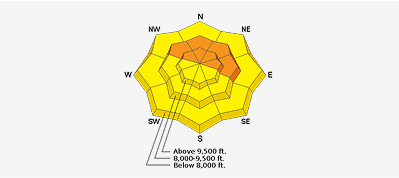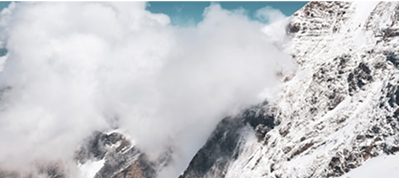No photos .....
Read submitted avalanche observations before submitting this observation.
Before commenting on those, this is what we generally found today traveling along BCC/Millcreek ridgeline and skiing several lines in Big Water, Soldier, and Reynolds. (My first visit this season to this zone.)
- No collapsing observed at all.
- Dug a few pits and found the expected poor structure. Prior snowpack much thinner in this area than in upper LCC and BCC.
- The "slab" underneath the new storm snow was 4F- and faceting, but a few stronger layers (esp a thermal crust underneath the Jan 10 storm snow) made for supportable conditions.
- Despite more than a foot of snow (and probably close to 1" water), did not feel the storm snow was enough to suddenly make the deeper, persistent weak layer more reactive. We chose not to ski a steeper NE line because of the existing poor structure. Had we not received the storm snow, we still would have made the same decision.
Later saw reports of three human-slides on Saturday failing on persistent weak layers: (at least one was remote, possibly two. Another was triggered by a skier when hitting a thin spot on a steep rollover)
- No Name Bowl (PC Ridgeline)
- Sheep S$*T Ridge (PC Mountains)
- Porter Fork (Millcreek Canyon)
Am trying to decide were these slides because (1) the storm snow was enough to make persistent weak layers more reactive, or (2) the fresh snow just put a lot more slope testers on the snow today, and this increased the chances of a few people hitting sweet spots. (i.e. These slides would have been triggered regardless of the additional weight of the storm snow; they were just waiting for a trigger.)
Obviously don't know the answer to this, but am leaning towards thinking there is enough water weight in many areas to affect deeper buried layers (but still a Moderate hazard.)
More importantly, these three additional avalanches failing on a persistent weak layer 2-3' down is enough for me to realize this issue is a very serious one, and probably the trickiest snowpack I can recall in 5 years (Jan 2012 was similar.) For me, any steep slopes facing north through east are simply off limits for now.






